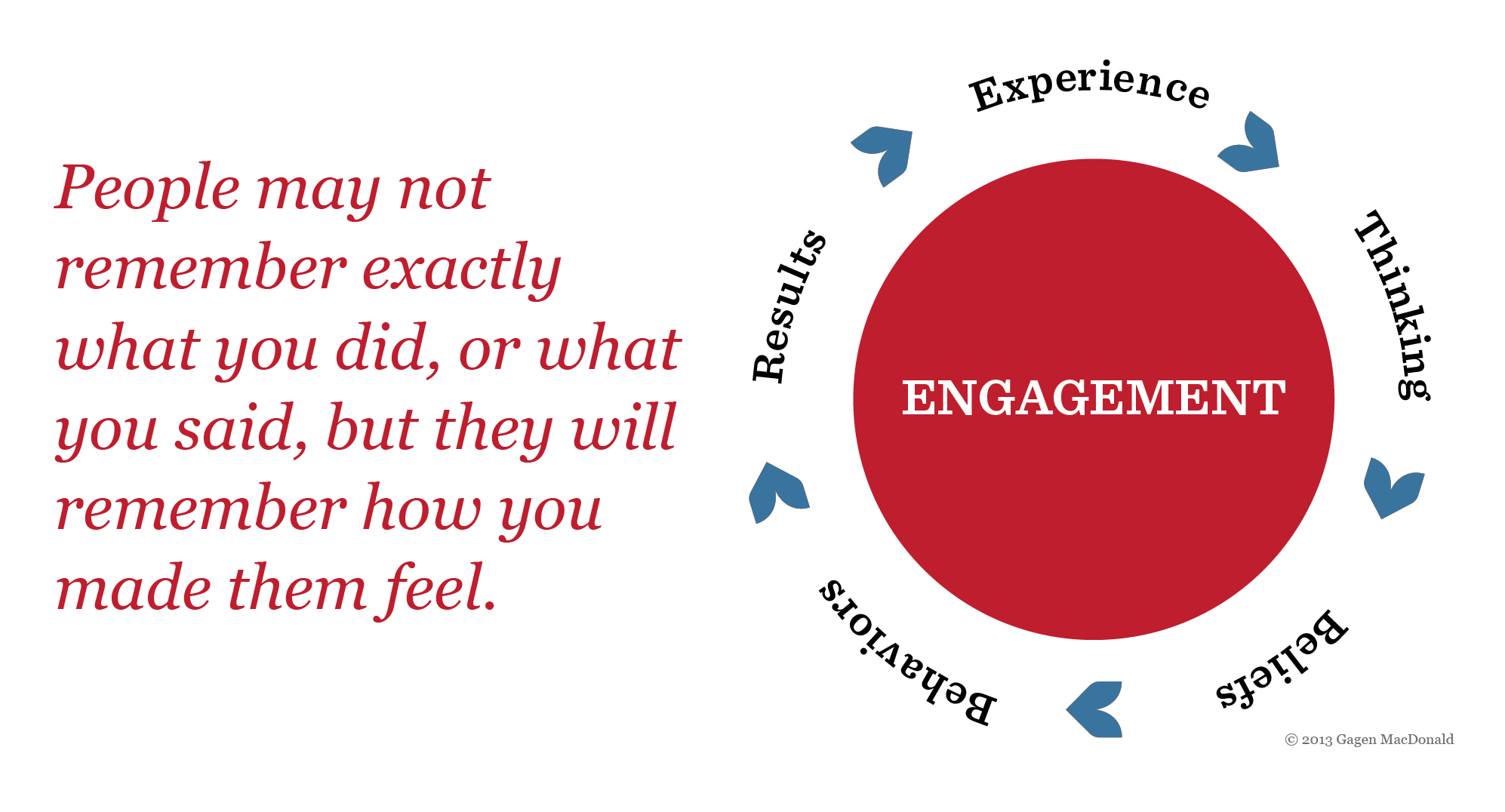Jun 15, 2017
What Uber can teach every business about culture change

In today’s highly transparent world, company culture matters more than ever. No longer can executives hide behind closed doors. Strategic leadership is critical because employees’ behavior greatly affects a company’s reputation and brand.
There is much that we can learn from one of the most successful startups ever — Uber, valued around $70 billion — and its recent troubles, namely the importance of never underestimating the power of your company culture.
This week, Uber adopted culture change recommendations made by its board of directors based on a report by former Attorney General Eric Holder, who investigated the company’s culture amid rampant allegations of harassment and bullying. Its founder and CEO has come under particular fire, as have members of its board and senior management.
Culture is about the behaviors that one will and will not tolerate. Uber has taken a great step in clarifying what they won’t tolerate. Their opportunity now is to articulate clearly who they are, what they stand for, and how they will conduct business from now on.
The ride-sharing company is taking bold actions to shift its culture forward, but change is not always easy. That is, in part, because people’s beliefs are formed by everything they observe and experience in the workplace.
To develop and accelerate culture evolution, a company must do three things:
- Be intentional. To develop an intentional culture, you must be intentional in all your communications. Communications is not just about words. It’s about the employee experience — the behaviors, systems and processes; what you recognize and reward; the people you choose to hire and fire; energy and more. Create a narrative that tangibly connects values and behaviors to your purpose, mission, strategies, and performance goals.
- Target experiences. Thoughtful, high-impact experiences influence employees’ beliefs. Shifting beliefs, in turn, drives desired behaviors – which further drives results. The model below illustrates this virtuous circle of employee engagement.

- Spark a social movement. Culture is all about leadership, and leadership is all about communications. Leaders must individually and collectively inspire employees to buy into, and participate in, a culture movement. Leaders are the catalyst, but all employees influence and create culture.
By realigning its culture, Uber will be in a better position to enhance its reputation and drive business results. It’s unclear where this new road will take Uber, but one thing is for certain: it’s been a bumpy ride so far.
Need help advancing your corporate culture? Contact us.